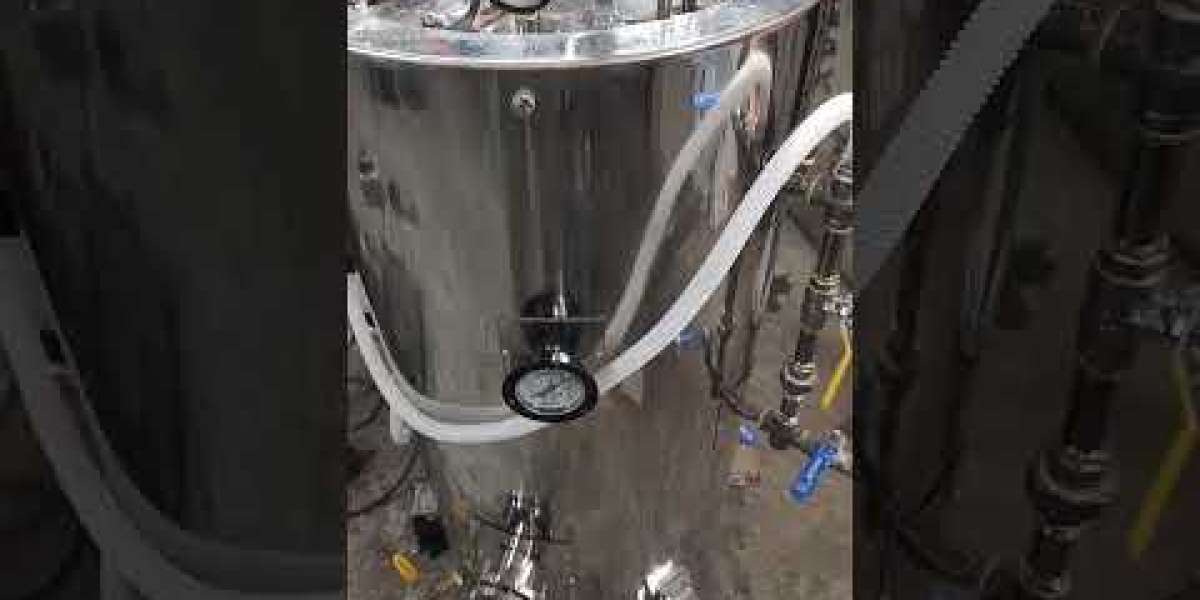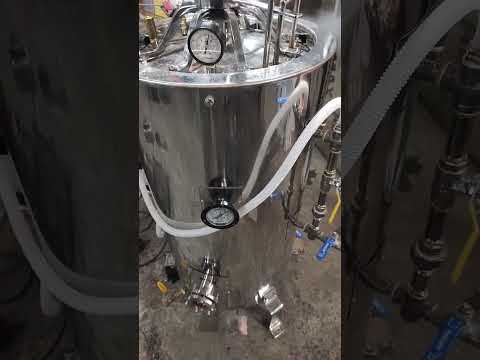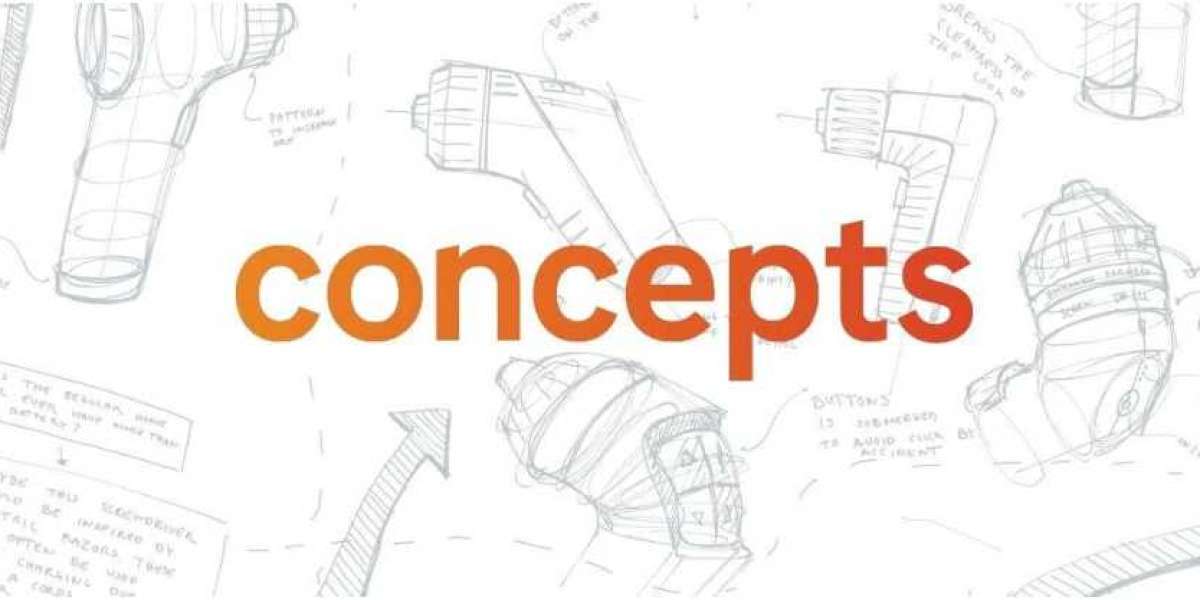Autoclaves are pressure chambers that are widely used in a variety of scientific and industrial applications on both a small and large scale. In the simplest of terms, autoclaves are defined as pressure chambers. These chambers have a variety of applications, including the curing of composites, the destruction of microorganisms, hydrothermal synthesis, and others. These pressure chambers are utilized in the medical applications for the purpose of the sterilization process, and it also has a variety of applications in other industries as well. The machine's capabilities shift according to the tasks that are performed on it.
Autoclaves are useful for inactivating viruses, bacteria, fungi, and a wide variety of other types of microorganisms that may be present on surgical instruments. Autoclaves operate at such a high temperature that it is extremely difficult for pathogens such as viruses, fungi, or parasites to survive. These conditions are achieved with the assistance of increased pressure and steam. For sterile purposes in medicine, surgery, and scientific research, the pressure chamber is used to sterilize both solid and liquid waste materials. Autoclaves are regarded as the most essential piece of medical equipment because they make it possible to reuse laboratory supplies and equipment in a manner that is risk-free. Although autoclaves' primary function—that is, sterilization—remains the same as it has always been, various industries have varying requirements for the types and dimensions of autoclaves. The following are some of the most common types:
Horizontal: Autoclaves that are horizontal are typically very large and use gravity displacement as their method of sterilizing medical equipment. The horizontal autoclave is one of the autoclaves that is utilized the most frequently in laboratories for the purposes of research and medical treatment.
These types of autoclaves are known as media preparers and are used for the preparation and sterilization of microbiological media. These kinds of vertical autoclave are available in a variety of sizes, ranging anywhere from 10 to 120 liters in capacity, depending on the model.
Autoclaves of the pass-through variety are the kinds that are utilized in settings where contamination and safety continue to be primary concerns for industries. The process of sterilization is accomplished by pass-through autoclaves, which are frequently found in production facilities and biological laboratories. These autoclaves move materials from the laboratory to the outside environment in a way that is risk-free and free of contaminants.
Vertical autoclaves are most frequently utilized for laboratory sterilization applications. With the use of vertical autoclaves, the sterilization process is sped up, made more reliable and accurate, and is made much simpler to validate. Because of their low space requirements, autoclaves of this type are frequently found in confined research facilities.
IndustrialUtilizations and Cases for Autoclaves
The sterilization and disinfection of solid (instruments, glassware, pipettes), liquid (culture media and nutrient), and biological wastes (solid waste in destruction bags or liquid waste in a bottle, etc.) in a laboratory is one of the most common uses of autoclaves.
Autoclaves are a common piece of equipment in the aerospace industry for the process of curing composite aircraft parts. In addition, because of developments in technology, autoclaves now assist in the production of certain components of large aircraft, such as the fuselage and the wings.
Autoclaves are also useful for vulcanizing rubber, which is another important application.
Autoclaves are essential for the production of premium and high-quality synthetic quartz crystals, which are used in the electronica industry. These crystals are created by applying the necessary pressure and temperature.
The use of autoclaves is an inherently dangerous endeavor. Because of this, people who use autoclaves are strongly encouraged to operate them while wearing protective eyewear, lab coats with buttons, shoes with closed toes, and gloves designed to withstand high temperatures.
How often does the preventative maintenance that my autoclave requires need to be performed?
After performing preventative maintenance on an autoclave, Duraline is able to provide a certification label for that autoclave, which is a necessary requirement when the autoclave is subjected to an inspection.
It is recommended by autoclave manufacturers that preventative maintenance be performed anywhere from once every six months to once every twelve months, depending on the make/model of the autoclave or how frequently it is used.
This information is contained within the Operators Manual that is a part of the equipment that you have purchased. Autoclaves that are considered to be state-of-the-art, such as the Tuttnauer EZ9Plus and EZ11Plus, come equipped with an LCD screen that is located on the control panel and notifies users when a straightforward maintenance check is required.
When it is time for their customers' high pressure autoclave to undergo preventative maintenance, Duraline Systems calls to remind them.
Why is it necessary to perform preventative maintenance on autoclaves?
The same way that it is necessary to change the oil on a car on a regular basis and have annual services, it is also necessary to properly maintain an autoclave in order to ensure that the machine lasts as long as it should.
Preventative maintenance ensures:
The autoclave will function at a full capacity all the time.
Every single cycle includes a thorough cleaning and sterilization of the instruments.
Calls to emergency services have been cut down significantly.
There is less of a danger to both the staff and the patients.
What exactly takes place during the routine maintenance?
Certified biotechnicians from Duraline are the ones in charge of performing preventative maintenance. These biotechnicians include:
Ensure that the reservoir, chamber, trays, and door are all spotless.
Conduct a thorough cleaning and inspection of the condenser coils, sensors, and valves.
Conducting regular safety checks and inspections on electrical equipment
Provide a comprehensive service report
When necessary, replace the filters and gaskets.
Check the temperature, perform the test, and adjust the calibration on the sterilizer.
View maintenance plans
What kind of upkeep does the staff need to perform?
On a daily basis, wipe the door gasket and cassette seal clean with a gentle detergent and a soft cloth or sponge.
Weekly
Each week, using a gentle detergent and water, the autoclave chamber (or StatIM cassette), trays, and door gasket need to be cleaned and thoroughly rinsed. A cleaning kit from Duraline includes both the cleaner and scrub pad that are recommended.
When descaling the autoclave's chamber, copper tubes, and reservoir, make sure to use the cleaner designed specifically for autoclaves. When it comes to descale an autoclave, technicians recommend using DuraClean as the most effective cleaner available.
When working with StatIMs, you should coat the interior of the cassette with Stat-Dri after every ten cycles.
In autoclaves manufactured by Tuttnauer, it is recommended that the air jet and water sensor be cleaned on a weekly basis. Additionally, the oil door pins and the tightening bolt should be cleaned.
Every month
Once a month, empty the reservoir of any distilled water that has been used and then refill it. In addition to this, you should clean the strainer in the chamber and check the safety valve. Before beginning the cleaning process, remove the rack and trays from the chamber. Then, using a gentle detergent, clean the chamber in its entirety. Finally, rinse the rack, trays, and chamber with water.
Six months
It is necessary to change the HEPA air filters on the StatIM's and Tuttnauer autoclaves in order to facilitate the appropriate supply of clean air throughout the drying cycle. This is done for two reasons. Every 500 cycles or every six months, depending on which comes first, the air filter, the cassette seal, and the biological air filter on StatIMs need to be replaced.
Twelve months
It is recommended that the door gasket be replaced once a year, or more frequently if necessary. The vast majority of autoclave parts are simple to swap out; Duraline carries thousands of different parts and can provide assistance with swapping out the part in question via a speedy telephone consultation.
Users can get in touch with Duraline to have the replacement carried out by a biotechnician who has been trained and certified professionally.









